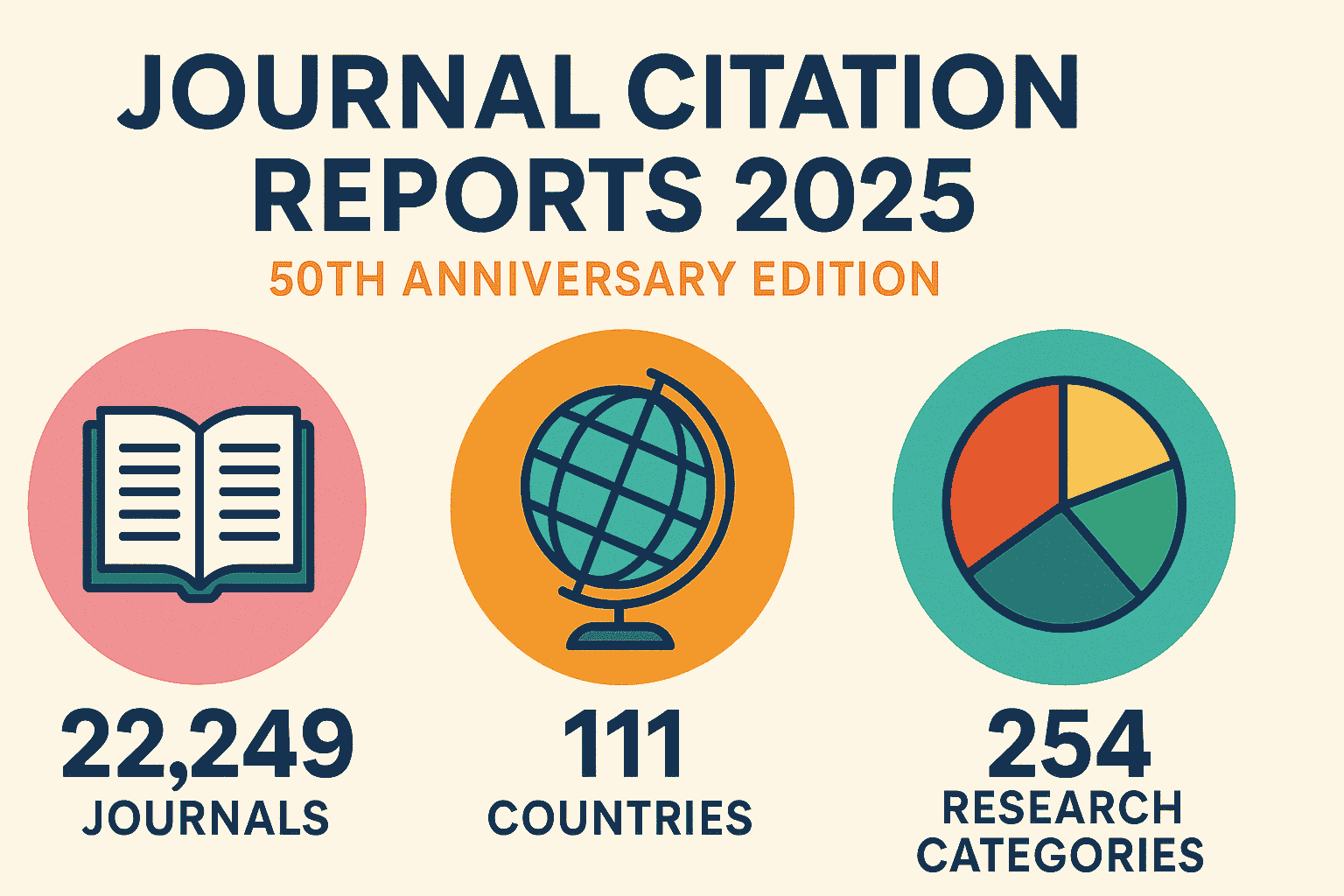Before Columbus: A 4,000-Year-Old Skeleton Reveals a Rare Leprosy Strain in the Americas
 Scientists have decoded the genetic blueprints of a rare leprosy bacterium preserved in 4,000-year-old Chilean skeletons, opening a surprising new chapter in the story of Hansen’s disease. Researchers reconstructed two complete genomes of Mycobacterium lepromatosis, an uncommon cousin of the main leprosy germ. The discovery pushes the timeline of Hansen’s disease in the Americas back […]
Scientists have decoded the genetic blueprints of a rare leprosy bacterium preserved in 4,000-year-old Chilean skeletons, opening a surprising new chapter in the story of Hansen’s disease. Researchers reconstructed two complete genomes of Mycobacterium lepromatosis, an uncommon cousin of the main leprosy germ. The discovery pushes the timeline of Hansen’s disease in the Americas back […]
Summary
Scientists have successfully reconstructed the genomes of Mycobacterium lepromatosis, a rare leprosy-causing bacterium, from 4,000-year-old Chilean skeletons. This groundbreaking discovery significantly pushes back the known timeline of Hansen’s disease in the Americas. The genetic blueprints, derived from two complete genomes, provide valuable insights into the disease’s evolution and spread, challenging previous understandings. This sheds new light on the history of leprosy and its presence in ancient populations, marking a significant advancement in paleomicrobiology.
Read more…
This post is part of “Science and Technology News”, Follow for more…!!!







